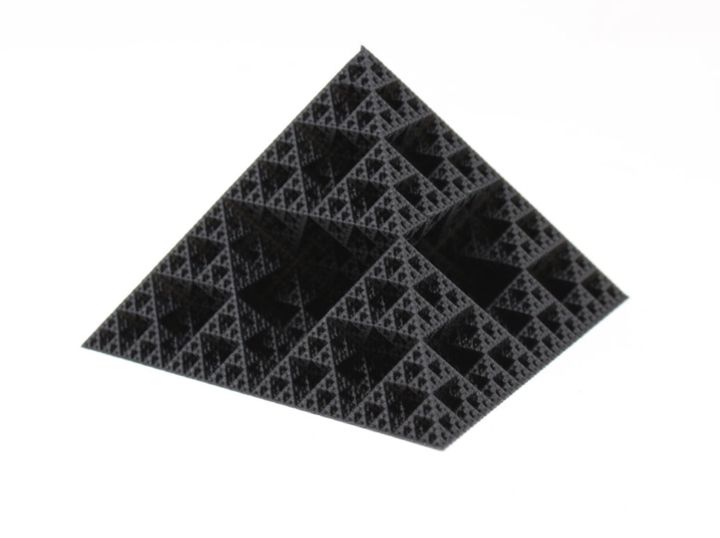
Computing the price of a 3D print from a service has always been a complex matter, but now a new approach may shake things up.
When the first 3D print services appeared there was the question of “how much do we charge for prints?” This would seem to be a rather simple question, but in fact it is an extremely complicated matter.
Pricing 3D Print Services
From the service’s point of view, a customer request is going to consume an amount of material and a length of machine time. That would seem sufficient to compute a price for the print, and it would go something like this:
The amount of material calculated by the slicing program X our price per unit of material
PLUS
The amount of job time X the per-minute price of the machine over Y years of depreciation
Except that’s not it at all. There are a large number of other factors to consider, like:
- Accounting for job failures that must be re-run
- Accounting for waste material
- Accounting for the labor required to operate the machine
- Accounting for the labor required to post-process the print
- Accounting for consumables used beyond material (like print beds, nozzles, glue, paint, etc.)
- Accounting for energy consumed by the machine
- Accounting for the cost of the machine’s environment (HVAC, lighting, etc.)
- Accounting for property costs
- Accounting for any profit to be made on the job
- Accounting for print shipping costs
- Accounting for taxes to be paid
And so on, this is not an exhaustive list.
One particularly pernicious factor is accounting for failures. You don’t want to charge a client twice, so somehow you must estimate the average number of failures and work their cost into the factors. That’s unpredictable, and often depends on the geometry of submitted jobs, something a service can’t really control.
It’s entirely possible to develop a rather complex spreadsheet to account for all of these factors, and it may even be somewhat close to accurate. However, your price quote to the client will be baffling.
Some early services simply took the price of the material and “multiplied by five”. That surely worked, as the result would no doubt account for anything else beyond material in most cases.
But that didn’t work so well as competition occurred and price margins got a bit tighter. Today we frequently see somewhat complex schemes to generate price quotes. Sometimes the factors are exposed a bit so the requestors can tune their jobs for optimum pricing, and at other times it’s just a black box with a number presented.
3D print pricing is very complicated.
Twist 3D Printing
Now a new service is attempting a completely new style of 3D print service pricing: a flat rate.
Twist 3D Printing, which seems to be part of Slant 3D, has introduced this new pricing model. Any 3D print from them will be priced at US$29.
Just US$29. No higher. No lower. Only US$29.
That seems interesting, but there are some caveats. Twist 3D Printing says:
“Any 3D Print You Want, As Long as it’s Black, For $29”
Could Twist 3D Printing be the Henry Ford of 3D printing? (In the early 20th Century Ford offered the Model T in “any color, as long as it’s black”.)
Also, each 3D print will be made in PETG at 0.2mm layer size and 20% infill. There’s not a lot of room for print specifications here, other than perhaps the quantity required.
Flat Rate 3D Prints
Is this a pricing model that will work? It seems that Twist 3D Printing must have calculated the average price of prints using those parameters and set the price level accordingly. If the typically expected geometries arrive for 3D printing, then perhaps they will be profitable. In a way, Twist 3D Printing is taking a bit of a risk here. If the flow of incoming requests are pathological, then their profit level could drop, and that’s something they can’t control. But perhaps the US$29 price will account for any reasonable variation in requests.
On the other hand, US$29 is a pretty low price for small businesses wishing to get quick and simple prints done. There’s no fuss, just order them. No parameters to fiddle with, no juggling the print job to squeeze out a few dollars on the print job. Just US$29. Only US$29.
In my experience, most of my 3D prints have in fact the same 3D print parameters: 20% infill, 0.2mm layers and PLA — but PETG is probably better. I suspect Twist 3D Printing is on to something here, as their constrained input parameters will actually capture the majority of print requests.
I’m curious to see if this approach works for them. If it does, we may see other 3D print services begin to adopt similar pricing styles, perhaps even for more expensive 3D printing processes. Could the flat rate approach be used for more expensive services, like metal 3D printing? The price of metal 3D prints is astronomical compared to US$29, so the metal flat rate would necessarily be set quite high, and the “insurance” component to ensure profitability would be also high. That might deter some buyers.
Or not?
